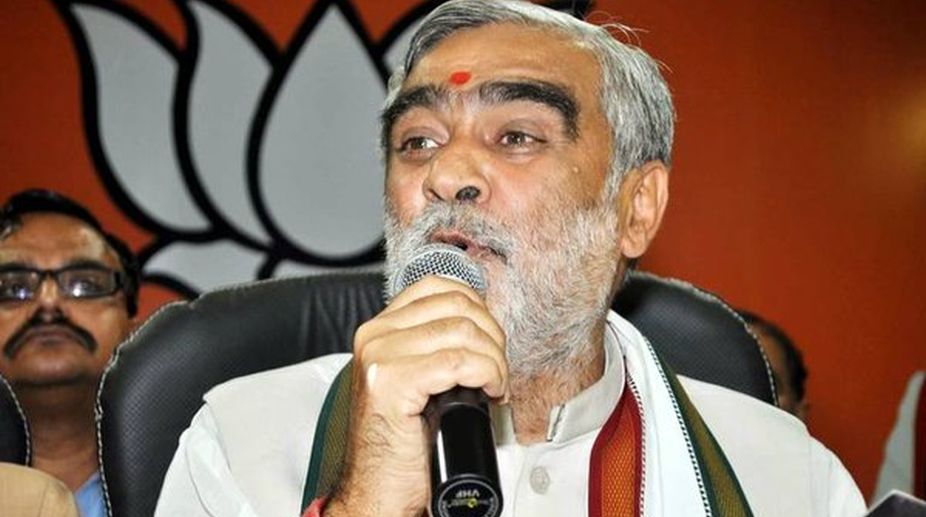Union Minister of State for Health and Family Welfare Ashwini Kumar Choubey claimed that the National Health Policy and Ayushman Bharat would fulfill the dream of a Swasth Bharat (healthy India) by 2022.
“The Prime Minister’s office and the Health Ministry are working together to implement a foolproof and robust National Health Protection Scheme, which presents an opportunity for stakeholders to redefine and reorganise themselves and adopt new components of process and technology in their business models to make for a robust health economy,” he added.
Advertisement
The minister, while attending the 5th annual event of Healthcare Federation of India (NATHEALTH) in the Capital, pointed out that the government had transformed 4,500 primary health centres into wellness centres.
“Within a very short span of time we have transformed such centres and the focus of the government is now to transform primary healthcare to help underserved sections of society. As many as 1.5 lakh primary health centres will be transformed into well-equipped wellness centres,” he said.
The minister released two knowledge papers on “Financing and Funding Indian Healthcare: Navigating The Turbulent Tide,” prepared by NATHEALTH and PricewaterhouseCoopers and NATHEALTH-Bain and on “Impact of Operational Excellence in Healthcare”.
RK Vats, additional secretary and director general of the Central Government Health Services, said that the Union Government was focusing on ease of doing business and new rules to be put forth after wider consultations.
“We need to bring in drug security in the country… to achieve this goal, the government is supporting the industry in every possible manner. The government is bringing in new sets of rules and standards to make the entire healthcare industry robust. New sets of rules and standards will apply to pharma, med tech, devices and even clinical trials segments of the healthcare sector,” he added.
The knowledge papers highlighted that rising consumerism in the sector, shift towards quality-based care, increasing patient participation, use of technology in delivering care, and increasing insurance penetration are some of the disruptive trends in the Indian health economy.









